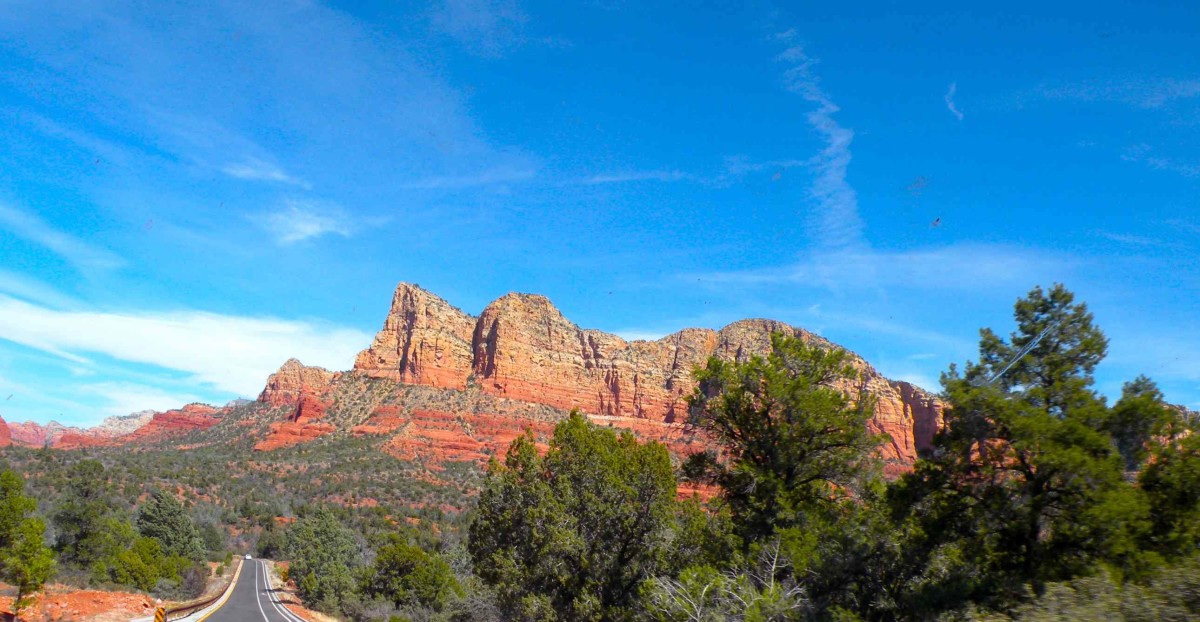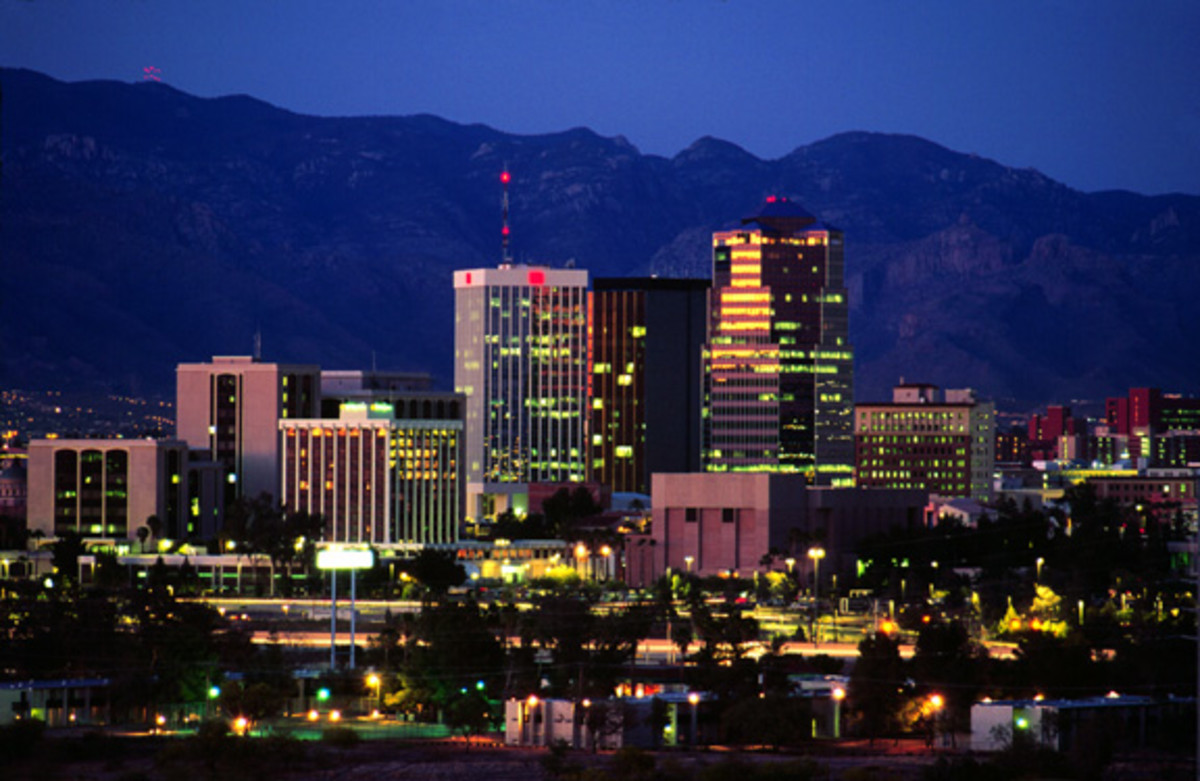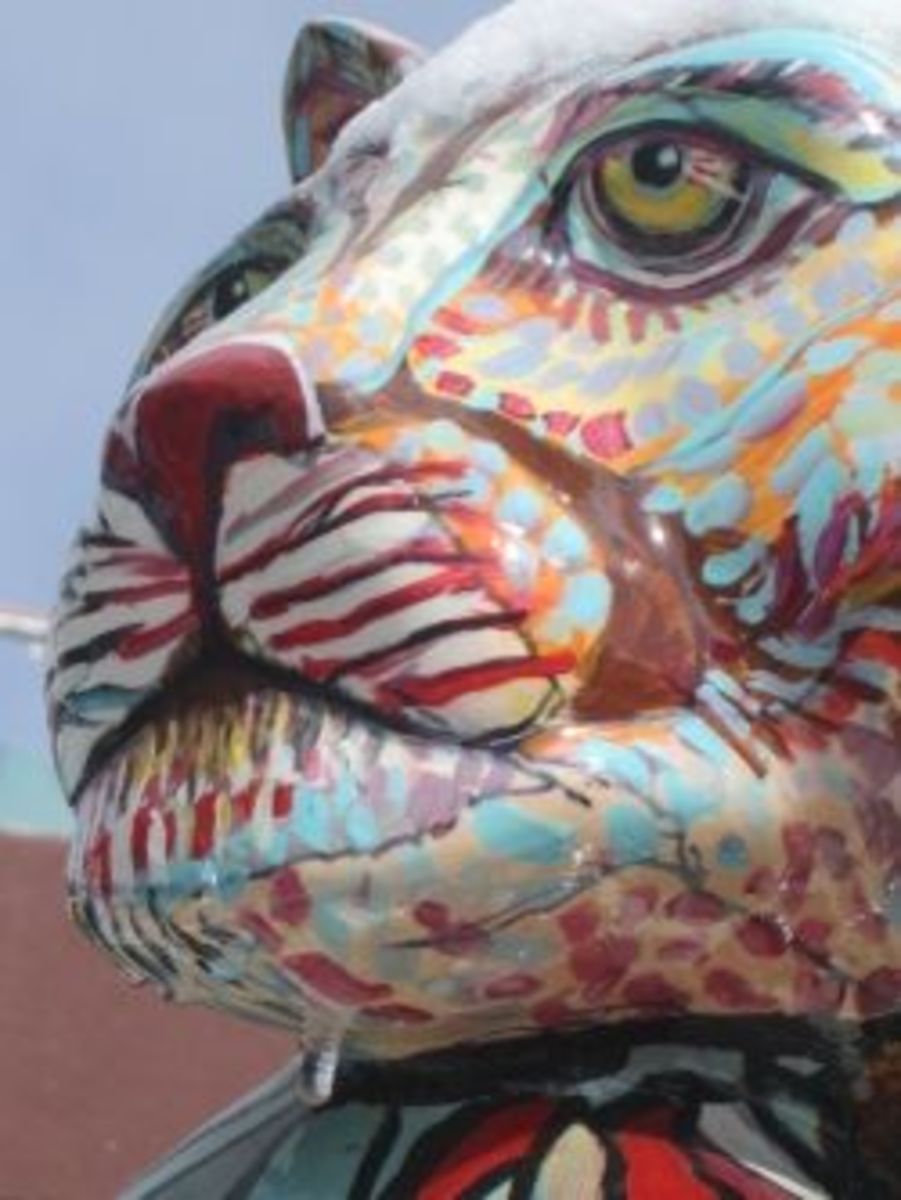- HubPages»
- Travel and Places»
- Visiting North America»
- United States
Montezuma Castle National Monument
Montezuma Castle National Monument
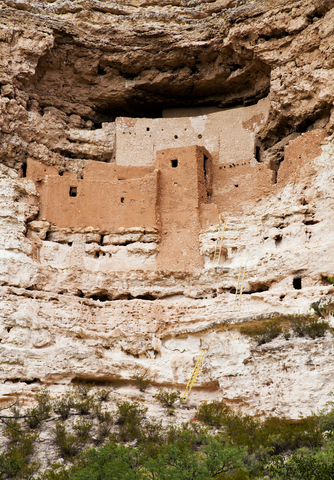
Montezuma Castle National Monument
Notable Historic Places to Visit in the United States: Montezuma Castle National Monument
The Montezuma Castle National Monument is found just outside of Camp Verde, Arizona. The monument, accounting for 826 acres features ancient cliff dwellings that were constructed out of limestone around the year 700 by a native tribe known as the Sinaguan. The Sinaguan are considered to be a pre-Columbia native tribe, meaning they are thought to have no longer been in existence by the time of Christopher Columbus’ arrival to the New World in 1492. These dwellings were not discovered by European Americans until the late 1860s, when they were mistakenly named the Montezuma Castle. This incorrect naming is due the lack of European-American understanding in regard to the area’s construction and history. The fact is that these dwellings were abandoned approximately one hundred years prior to the birth of the famous Aztec leader Montezuma. Moreover, they are considered by historians not to have been castles but rather common housing units that likely resembled an apartment complex in modern times. Due to an eruption from the nearby Sunset Crater Volcano, the Sinaguan were forced to abandon the site sometime during the latter part of the 11th century. In a credit to their ingenuity, the Sinaguan were able to survive during this ordeal by living on nearby hills, using their agricultural skills for sustenance. It is believed that the ash released from the volcanic eruption greatly helped the fertility of the Verde Valley. Therefore, during 1125, the Sinaguan were able to resettle the area where they remained until roughly 1425. It is unclear as to what exactly became of the Sinaguan after this period. However, it is widely believed they permanently abandoned the area because of clashes with newly arrived tribes and drought. As a people, the scattered Sinaguan are thought to have been engulfed by other tribes where their ethnicity, language, and culture were lost. At one time there were two five story dwellings, sadly, only one of these remains as the other has since been lost to time. These dwellings are thought to have both consisted of twenty rooms while having the ability to house approximately fifty residents. The site has suffered greatly from persistent looting; as such, only a very few original artifacts exist. Although, the monument is still a captivating site to behold.
Montezuma Castle National Monument
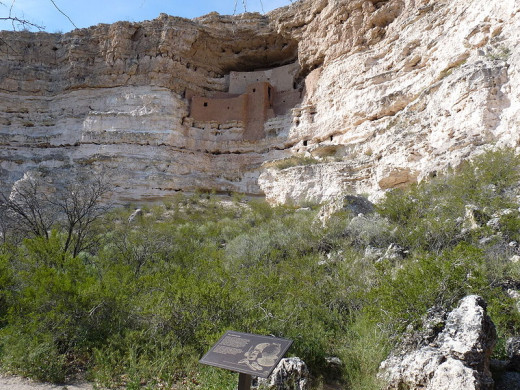
Things to Know When Considering a Visit to the Montezuma Castles
The Montezuma Castle Visitor Center’s operating hours are 8a-5p daily from Labor Day until Memorial Day, or about September to May. From Memorial Day until Labor Day, or May-September, the Center is open during the hours of 8a-6p. The only day of the year the monument closes is Christmas day. The price of admission is quite reasonable with adults sixteen years of age or older paying only $5. There is no cost for children under sixteen with adult supervision. It should be noted that there are four known species of rattlesnakes that reside in various areas of the monument. These snakes are said to avoid human interaction; but, those who are wise stay on the main path to help reduce their chances of encountering the poisonous snakes. In terms of accessibility, the monument provides free parking to visitors as well as handicap accessible areas. However, some areas have been ruled too steep to allow wheelchairs so it is important to take special care of those with physical disabilities. Dog owners are welcomed; it is assumed by park staff that these guests will pick up after their animals. As with all rugged landscapes where one may find a historical monument, it is important for personal safety to be attentive and respectful to the park’s rules and regulations.
Montezuma Castle National Monument - Camp Verde - Arizona
Montezuma Castle National Monument
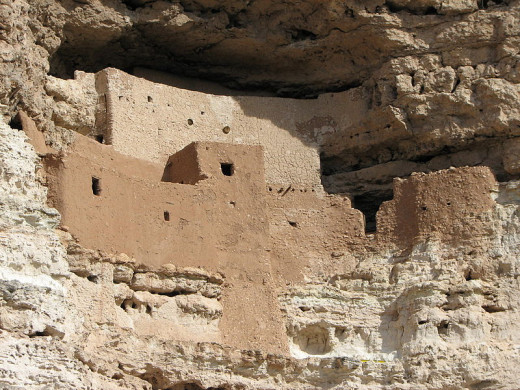
Montezuma Castle National Monument
Love to Travel?
Things to Do and See at the Montezuma Castle Historic Site
The entire historical site, known for its untamed, open, and picturesque landscape is a perfect representation of the American Southwest. There are plenty of camping, hiking, and picnicking areas in and around the ruinous monument. As with most established historical monuments, the Montezuma Castle Monument is host to a visitor center where guests can learn and understand more about the area and the people that once lived there. Park rangers, in an effort to offer better understanding of the ancient natives that once lived in the area perform daily speeches after which they field questions from the guests. These rangers are highly educated in their fields of interest and are an essential part of achieving an enriching experience while visiting the site. This visitors’ center is also home to a museum that displays original tools, pottery, and ornaments from the Sinaguan tribe and later peoples. Among the tools used by the Sinaguans were needles constructed of bone, gemstones, and carved shells. These are pieces of evidence that they were involved in the practice of making fine and practical works of art. All of these priceless relics are on display in the visitors’ center. They also offer a wide reading selection that contains well written and researched books discussing the lives lead by the Sinagua. Within the visitors’ center there is a gift shop that allows guests to purchase souvenirs and gifts which serve well the purpose of remembering a trip to the ancient monument. One of the most interesting possessions of the museum is a fascinating encased model of how the dwellings appeared during their occupation under Sinaguan rule. Extending for roughly a quarter of a mile is a paved pathway along the base of the cliff which contains the ruinous remains of Montezuma Castle. Unfortunately, access to the actual monument has not been permitted since 1950. In spite of the site’s age and extensive damage about 350,000 tourists visit the area annually. In an effort to offer a better understanding of ancient life in and around the site, the park is outfitted with a series of plaques both along the main pathway and on the walls of the visitors’ center. These plaques explain in great detail the tools involved in constructing the dwellings along with interesting information that is known about the Sinaguans and later peoples that inhabited the area. It is highly advised that all visitors to the Montezuma Castle National Monument also visit the nearby area known as the Montezuma Well, a natural wonder found about eleven miles northeast of the Castle. Montezuma Well is a gigantic sinkhole that has been naturally carved out of limestone. The size of the well has been measured at 368 feet across while being 55 feet deep. Roughly 1.4 million gallons of water flow daily through two underground springs. Interestingly, the well is host to five known species that only live in the well and no other place in the world. Such species are scientifically known as being “endemic” to the area. The well holds the most endemic species of any other spring in the Southwestern United States. Historically, the well’s outflow has been effectively used since the early portion of the 8th century. The Yavapai, a native tribe that inhabited the area after the disappearance of the Sinaguans believed that the well was the portal from which they traveled to enter into the world. Therefore, their living relatives still to this day attach great significance to the well as it is at the centerpiece of their ancestors’ worldview. The Montezuma Well was almost completely unknown to Anglo-Americans until 1968 when archaeologist George Fischer performed an extensive field survey of the area which dealt with both the above ground and underground features of the well.
Conclusion
Much of Native American history has been lost to colonization and the subsequent westward expansion of the United States. Therefore, it should come as no surprise that the lion’s share of ancient native relics and dwellings are located in the western portion of the US. Whereas in the Eastern United States natives are mostly represented by superficial structures such as casinos, the West and Midwest are home to reservations, preserved sites, and native culture. The Montezuma Castle and the nearby Montezuma Well are ideal places to visit for anyone interested in Native American culture and history. Moreover, it is a popular tourist destination for those who find peace and joy in beautiful landscapes through camping, hiking, picnicking, or just simply learning about the land and its surrounding features. The Montezuma Castle and the Montezuma Well sites are the perfect places for families and people of all ages seeking an exciting, educational experience that is off the proverbial beaten path.



